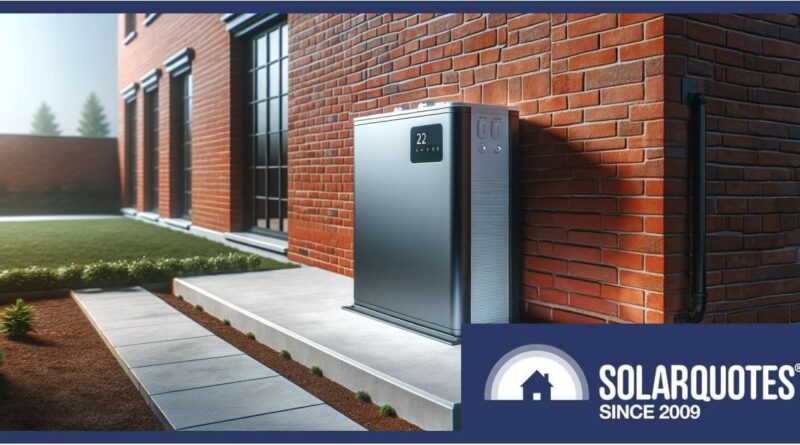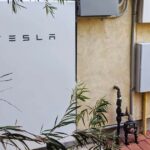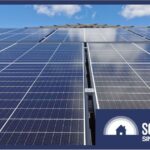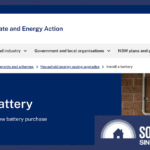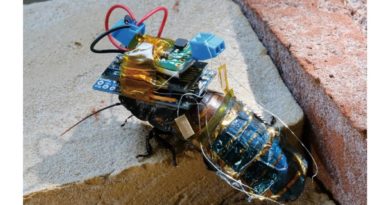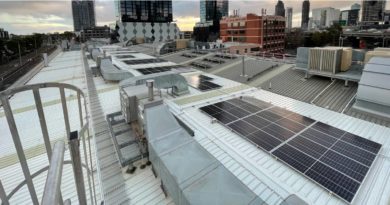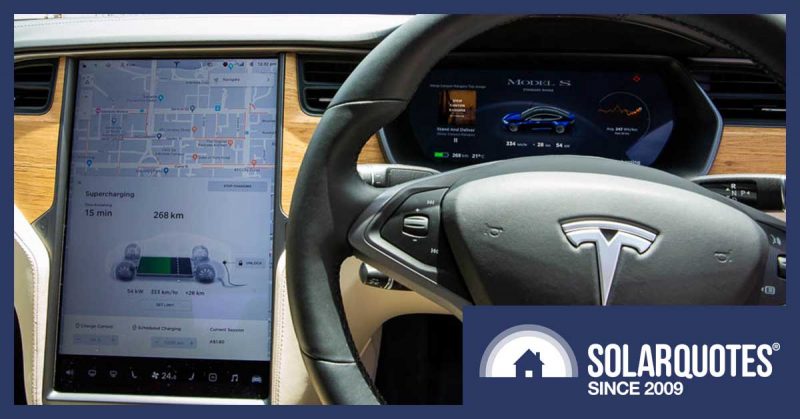NSW Solar Battery Subsidy: Here’s What We Know
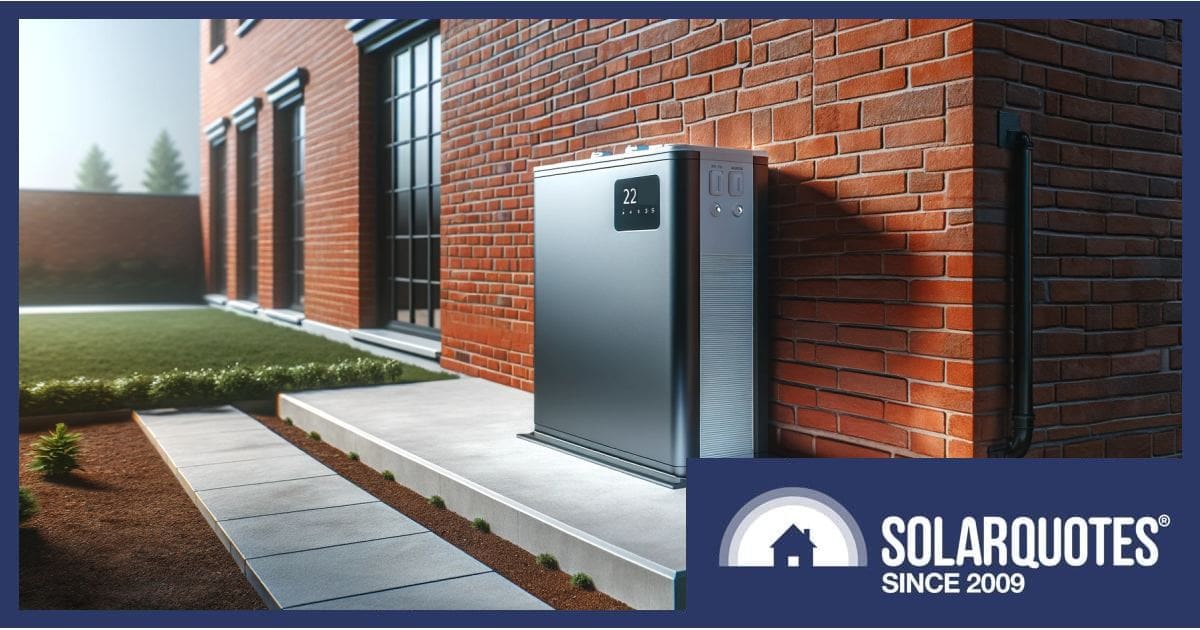
The NSW Government is launching an initiative aiming to make solar batteries more affordable for households and businesses. But those keen on grabbing an incentive will have to wait a bit before getting one installed.
Announced Friday morning, the incentive is part of New South Wales’ Peak Demand Reduction Scheme (PDRS).
Peak demand in Australia’s electricity system has changed greatly over the years thanks to the influence of renewables; particularly solar power. Not so long ago, mains grid peak demand was far more common around the middle of the day and this was when wholesale electricity pricing was also expensive. Nowadays, so much solar electricity is going into the grid between mid/late morning to mid-afternoon, it’s increasingly pushing wholesale electricity costs during that timeframe into negative territory. It’s also creating some challenges for system stability.
As the sun drops lower in the sky in the late afternoons and into the evenings, and of course overnight, solar energy can’t help out on its own. To reduce peak demand in the late afternoon and evenings, and boost electricity system stability generally, one of the things that needs to happen is the surplus solar energy produced during the day is stored in batteries big and small. But like solar panels were years ago, home batteries are currently quite expensive.
Enter the PDRS battery incentive/rebate/subsidy or whatever you want to call it. The New South Wales government has opted for referring to it as an incentive.
How Much Is The NSW Battery Incentive?
For homes and businesses with existing solar installations, the subsidy will be between $1,600 and $2,400 off the up-front installation cost. The incentive can also be incorporated into a solar + battery installation quote. Additionally, there will be a $250 to $400 incentive for connecting a battery to a Virtual Power Plant (VPP), which can also be claimed a second time (3 years later).
When Is The Subsidy Available?
It won’t be available until November 1, 2024; 5 months from now.
Incentives take a lot of organising, but the long lead-time may result in many households and businesses putting off a solar battery installation they would otherwise have gone ahead with. It could be slim pickings in the interim for installers just doing batteries – although most do solar panels and other energy solutions as well. It could also mean a rush once launched, dragging out installation times. And keeping in with supply and demand, battery installation costs could go up.
Which Batteries Will Qualify?
Batteries will need to appear on the approved product list specified by the Scheme Administrator, which is yet to be released. Furthermore, suppliers will have to be approved as Accredited Certificate Providers (ACPs) under the NSW Peak Demand Reduction Scheme. The eligible battery capacity range is 2kWh – 28kWh and it’s not clear yet how many incentives will be available, or for how long.
What’s The Payback Period For A Home Battery?
Your mileage will vary depending on solar and battery size, and other important factors including energy consumption profile and the type of electricity plan you’re on. A good way to get an idea of savings and payback periods is to use SQ’s solar and battery calculator. Here’s a quick example using the calculator’s default settings, which can be tweaked to suit various scenarios:
- A 10 kW solar-only system installed in Sydney costs around $10,000 after the national solar rebate and has a simple payback of around 7 years, 4 months.
- The same system paired with a Tesla Powerwall costs around $25,100 (not including PDRS incentive) and has a simple payback of around 13 years, 10 months. Note that many battery warranties are only good for ten years.
- 10 kW solar + Tesla Powerwall costs around $22,700 including maximum PDRS subsidy and has a simple payback of around 12 years, 9 months.
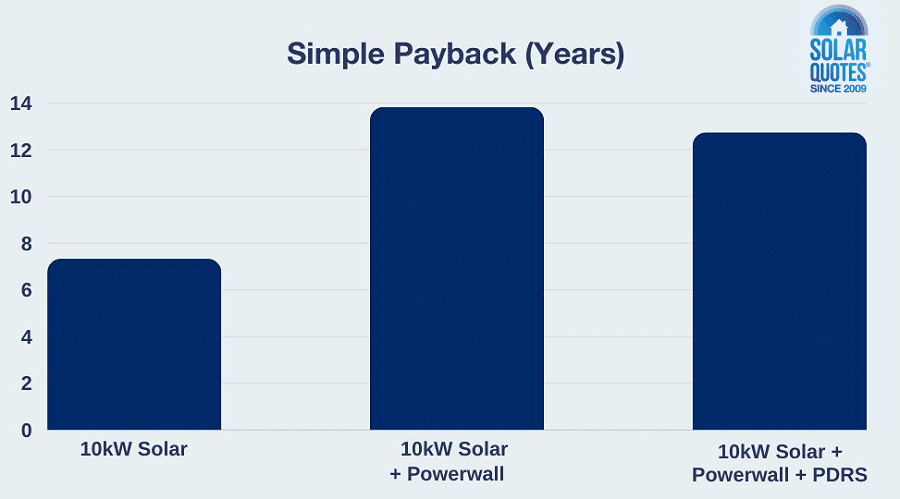
Again, how you use energy could make a really big difference either way to savings and payback, and something that isn’t clear at the moment is if Powerwall (13.5 kWh usable capacity) and similarly- sized batteries will be eligible for the maximum incentive.
Should You Sign Up For A VPP As Well?
Co-ordinated by a central operator, a Virtual Power Plant is a network of distributed battery systems, and may include other energy resources and controlled loads. The network operator determines when the batteries should be discharged to the grid.
Another $250 – $400 incentive for signing up to a VPP won’t go astray and participation can help further accelerate payback through generous feed-in tariffs; but VPPs are still evolving. The benefits of joining any VPP currently available need to be weighed up against allowing a third-party to control your battery. Many VPPs can hammer your battery as hard and as often they wish, which will impact on its life and may have some warranty implications.
Some VPPs may also leave little or no reserve battery capacity available for the system owner, meaning the owner could be exposed to high mains electricity prices, and no backup electricity supply during a blackout event. However, the PDRS info page mentions “partial dispatch” of a battery, without providing further detail.
Learn more about Virtual Power Plants here.
Note: the VPP participation incentive will be available for batteries that have already been installed; assuming it has at least 6 years of the manufacturers’ warranty left and meets the equipment requirements.
Go Solar Now – Or Wait?
While putting off a buying a home battery may make sense for many at this stage, often the best time to go solar is right now – and this new incentive doesn’t change that. Waiting means at least 5 months of electricity bills much higher than they would otherwise be with solar panels on your rooftop.
Go solar now, install the battery later – but make the installer aware you’ll be adding a battery in the not-too-distant future. Aside from design considerations, the lure of repeat business could influence the quote side of things, and help lock in a supplier you’re familiar with for when that time comes (assuming they become an ACP under the PDRS).
Brush Up On Home Batteries
One of the advantages of the NSW incentive’s availability being so far off is it gives potential purchasers plenty of time to engage in research to determine if a battery is right for them, and what type they should get. SolarQuotes to the rescue – check out these guides:
Further information on the NSW battery incentive can be found here and the PDRS scheme here.
Original Source: https://www.solarquotes.com.au/blog/nsw-battery-subsidy-mb2928/

